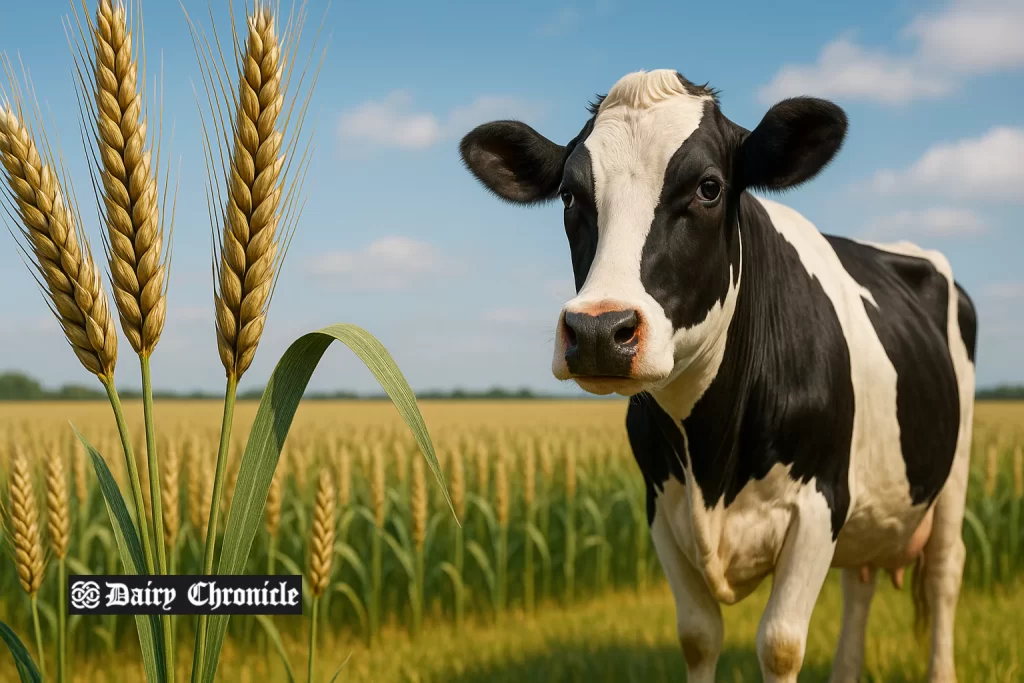Hybrid rye is emerging in Punjab, India, as a sustainable and cost-effective alternative to maize for feeding dairy cows. Amid rising challenges in maize cultivation, hybrid rye offers better resilience, digestibility, and economic value for dairy farmers.
On June 10, 2025, hybrid rye is gaining ground among dairy farmers in Punjab as a viable alternative to maize in cow feed. With increasing difficulties in maize cultivation—such as climate variability, rising input costs, and pest resistance—hybrid rye offers both agronomic and nutritional advantages for livestock management.
In favorable conditions, hybrid rye produces impressive yields ranging from 10 to 14 tonnes per hectare. It contains 85–90% dry matter and about 60% starch, with faster ruminal starch degradation than maize. This improved digestibility enhances nutrient absorption in dairy cows and supports intestinal health due to high levels of non-starch polysaccharides like fructooligosaccharides and arabinoxylans.
In feeding trials, hybrid rye has shown the ability to maintain milk production levels while improving milk protein concentration. From an economic perspective, it is less expensive to grow, needing fewer fertilizers and less water, and it adapts well to harsh growing conditions—offering a sustainable, low-footprint solution for dairy farmers.
With its high energy content, digestibility, and climate resilience, hybrid rye is emerging as a strategic crop for the dairy sector in Punjab, positioning itself as a dependable component in future feed plans.



